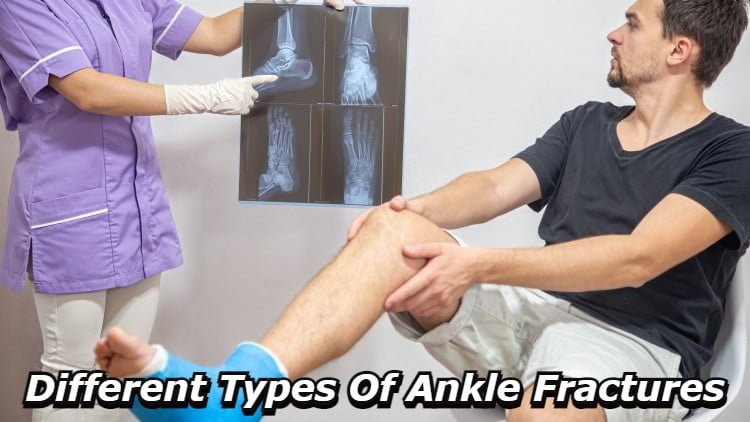Ankle fractures are complex. There are several types that require their own set of treatment plans. So, if you suspect you have broken your ankle, the first thing to do is visit a ligament specialist doctor in Kolkata.
(Just as you would visit the best osteoarthritis doctor in Kolkata for osteoarthritis, it’s important to seek help only from specialists!)
The doctor will do a physical examination of the injury and order an x-ray. They will ensure that it’s indeed a fracture and not a sprain; it’s common to mistake a sprain for a fracture. The diagnosis will also help them identify the type of ankle fracture you have, as well as its location and severity. Accordingly, they will recommend you the treatment.
Here are some of the types of ankle fractures:
Fibula Fracture
The most common type of ankle fracture occurs when someone falls or twists his ankle, causing both bones in that area to break. The break in the fibula is generally above the ankle joint and not as serious as a break in the tibia; however, it typically still requires surgery for realignment and stabilization. The tibia breaks near its connection with the talus bone of the foot, which can damage cartilage and ligaments.
Tibial Plateau Fracture
In this type of fracture, there is a break in one or more parts of the bone that make up your knee joint. It may involve just a crack in your bone or it could be a more complex fracture involving several pieces of bone. There may also be damage to your ligaments and cartilage. This can make it difficult for you to walk without pain after surgery and make your recovery longer than other types of ankle fractures.
Avulsion fracture
An avulsion fracture is a small piece of bone that is torn from its normal point of insertion by a muscle or ligament. For example, an ankle injury may cause this type of fracture at the attachment site for ligaments that attach to either side of an ankle joint. This is commonly seen in young athletes who are growing rapidly and whose bones may be weaker.
Lateral malleolus fracture
A lateral malleolus fracture occurs when there is damage to the end of the larger bone that runs along the outside of your lower leg (the fibula). This type of broken ankle most often occurs from a fall or blow that lands on your foot when it’s turned inward (inverted).
Medial Malleolus
The medial malleolus is at the end of the tibia, which is the main bone on the inside of the lower leg (and also one of two long bones). Depending on how unstable or displaced it is, treatment may involve casting, splinting, and limited weight-bearing for four to eight weeks. Surgery may be necessary if it’s badly broken and out of place.
Bimalleolar ankle fracture
This type of fracture affects both malleoli, the medial and lateral (or inner and outer) sides of the ankle joint. Bimalleolar fractures may involve a fracture of one or both malleoli, as well as a break in the bones above the ankle joint (the tibia and fibula).
Pott’s fracture
These are the most common types of ankle fractures and are characterized by breaks in both malleoli as well as breaks in the bones above the ankle joint (the tibia and fibula). Pott’s fractures occur when high-energy force is applied to the foot, causing it to rotate outwardly (supination) or inwardly (pronation).
Malleolar fracture
When the ankle is twisted and falls, it can result in a crack in either or both malleoli, which are the two bones at either end of your shin bones that form your ankle joint. If a person has a fractured malleolus and doesn’t get medical attention right away, they could also experience arthritis later in life.
Trimalleolar fracture
This type of fracture is more serious than a simple malleolar fracture because it involves both malleoli and a fragment of bone from another part of the ankle (usually called a posterior malleolus). These three pieces must be put back together in order for the bone to heal properly. A cast is typically not enough for this type of fracture; surgery is usually necessary.
These are some of the common types of ankle fractures.
If you have injured your ankle, find an experienced ligament specialist doctor or fracture specialist and seek proper treatment.

